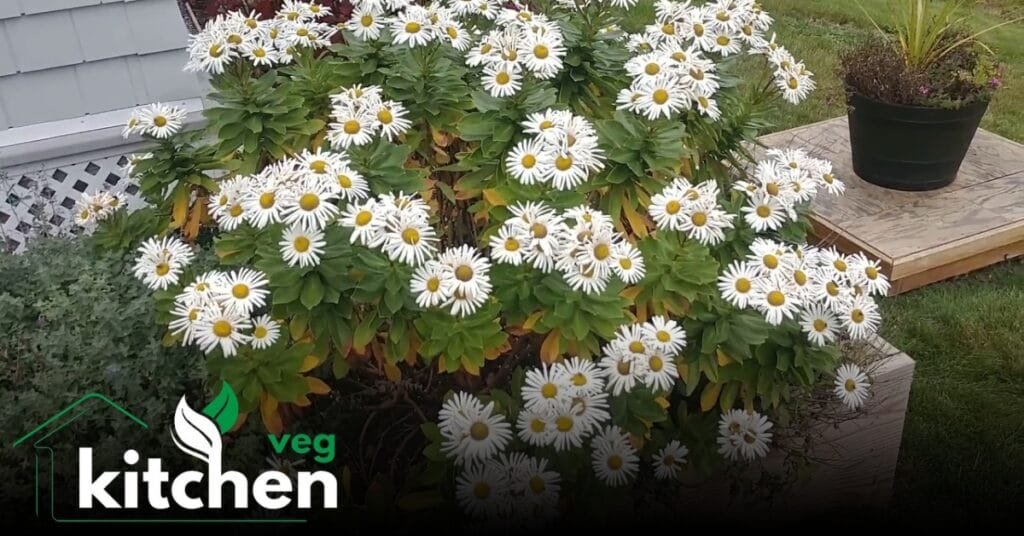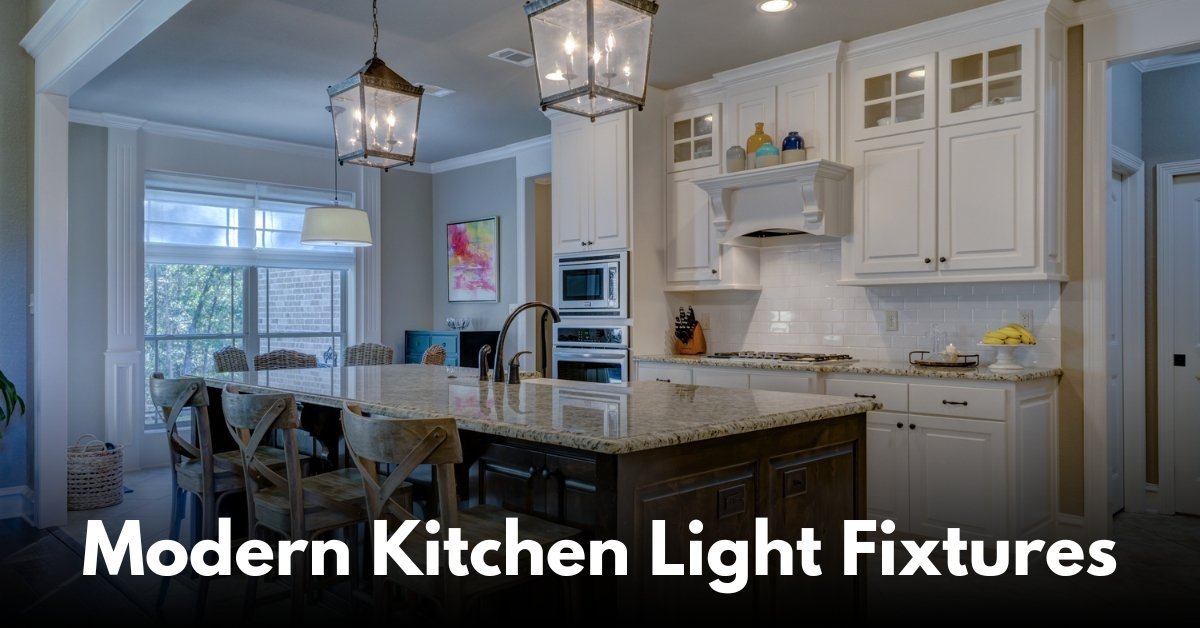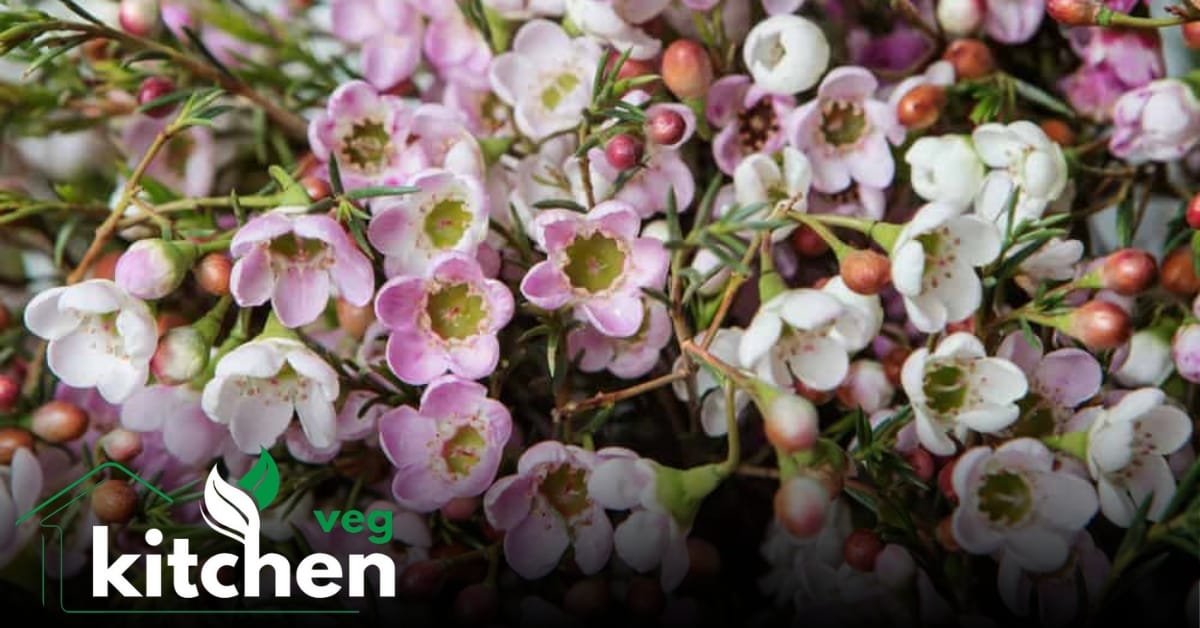Introduction
The Montauk Daisy, scientifically known as Nipponanthemum nipponicum, is a versatile and robust plant that has captured the hearts of gardeners and horticulturists alike.
Renowned for its late bloom and ability to thrive in various conditions, the Montauk Daisy adds a splash of beauty to gardens during the fall, when most other flowers are winding down. This article delves deep into the characteristics, care, history, and uses of the Montauk Daisy, offering valuable insights for both novice and experienced gardeners.
History and Origin
Native Habitat
The islands of Honshu and Shikoku, which are located along Japan’s coast, are the birthplace of the Montauk Daisy. Its resilience and adaptability are facilitated by the rocky slopes and sandy soils of its natural environment.
Introduction to North America
The early 1900s saw the introduction of the plant to North America. Its common name comes from the Montauk district of Long Island, New York, where it was first cultivated. Due of its hardiness and late-season bloom, its fame increased with time.
Botanical Description
Physical Characteristics
An annual, the Montauk Daisy usually reaches a height of two to three feet. It grows in a bushy, upright manner and has spoon-shaped, dark green, leathery leaves. The plant bears big, 2 to 3-inch-diameter, white, daisy-like blooms with yellow centers.

Blooming Period
The late blooming time of the Montauk Daisy is one of its most charming characteristics. Usually starting in late July, the flowers bloom all fall long, sometimes even till the first frost. Because of this, it’s a great option for bringing color into a landscape after most other plants have completed blooming.
Growing Conditions
Soil Requirements
Like their natural habitat, Montauk daisies may survive in rocky or sandy environments and appreciate well-drained soil. Although they can survive in unfavorable soil, they thrive in somewhat fertile soil with excellent drainage.
Light Requirements
These plants need six hours or more of direct sunlight per day to grow well. Although they can withstand some shade, full sun exposure promotes optimal flowering and overall health of the plant.
Watering Needs
Montauk Once established, daisies can withstand some drought. They do, however, benefit from routine irrigation during dry spells, particularly during the first growth season. Avoiding soggy circumstances is crucial because they might cause rot in the roots.
Planting and Propagation
Planting Tips
Planting Montauk Daisies requires careful spacing to avoid crowding and encourage healthy air circulation. It is advised to leave 18 to 24 inches between plants. Spring or early fall are the ideal seasons to sow them.
Propagation Methods
Cuttings or division are two methods for multiplying Montauk Daisies. Cuttings can be taken in late spring or early summer, but division is best done in the spring. Take a 4- to 6-inch stem cutting, trim off the bottom leaves, and place the cutting in potting mix that drains well if you want to reproduce the plant by cuttings. Until the roots form, keep the soil warm and fresh.
Seasonal Care and Maintenance
Pruning
Pruning is necessary to keep the form and promote dense growth. Pinching back the tops of the stems in late April encourages bushier growth and more blossoms. To protect it from disease and get it ready for the following growing season, the plant should be chopped back to the ground after the first frost.
Fertilization
Although Montauk Daisies don’t need a lot of food, a light springtime fertilizer spray can assist encourage strong growth and lots of flowers. Avoid overfertilizing since it can result in an abundance of foliage at the price of blooms.
Pest and Disease Management
Although powdery mildew, spider mites, and aphids can occasionally harm Montauk daisies, they are generally resistant to pests. These problems can be managed by routine observation and prompt action using the right remedies, such as fungicides for mildew and insecticidal soap for pests.
Landscape Uses
Garden Design
The adaptable Montauk Daisy plant works well in a variety of landscape layouts. It’s a great option for cottage gardens, mixed beds, and perennial borders because of its late-season bloom. It can also be used as a backdrop or a focal point in garden beds due to its height and bushy nature.
Companion Planting
Montauk Daisies look great combined with asters, sedums, and decorative grasses, among other late-blooming perennials and fall-blooming plants. These companion plants’ brilliant fall colors contrast sharply with their stark white blossoms.
Ecological Benefits of Montauk Daisy
Pollinator Attraction
Montauk Daisies are a great way to draw in pollinators like butterflies and bees. Their late-season blooms support the general health of the garden ecosystem by giving these insects a critical food supply during times when other nectar sources are few.
Erosion Control
Montauk Daisies are useful for controlling erosion on slopes and embankments because of their propensity to grow on rocky and sandy soils. Their strong root systems aid in preventing soil erosion and stabilizing the soil.
Varieties and Cultivars
Common Varieties
While the species Nipponanthemum nipponicum itself is popular, there are a few notable varieties and cultivars that gardeners may encounter. These include:
- ‘White Knoll’: Known for its large, pure white flowers and compact growth habit.
- ‘Montauk’: A cultivar that closely resembles the species but is selected for its superior performance in garden settings.

Hybrid Varieties
There are hybrid variations that blend the characteristics of Montauk Daisies with those of other daisy species in addition to the pure species. These hybrids frequently have unusual flower shapes, hues, and growth patterns.
Challenges and Solutions
Overwintering
Montauk USDA zones 5 to 9 are suitable for daisies. Mulching the plant’s base in late fall can help shield the roots from freezing temperatures in colder locations. To avoid root rot, it’s also essential to make sure there is adequate drainage during the winter.
Legginess and Flopping
Montauk Daisies are prone to flopping and becoming lanky if improperly clipped. Maintaining a more compact and robust growth habit can be facilitated by routine trimming and springtime pinching of the back of stems. Taller plants may also require staking in order to give support.
Conclusion
A hardy and beautiful perennial, the Montauk Daisy offers a special blend of beauty and hardiness. It is a valuable addition to any garden because to its late-season bloom and adaptability to different growth conditions.
Through familiarity with its history, cultivation needs, and maintenance procedures, gardeners can reap the many rewards this plant provides. The Montauk Daisy is an extremely adaptable and satisfying plant to grow, whether it is utilized for its aesthetic worth, ecological advantages, or erosion control capabilities.



